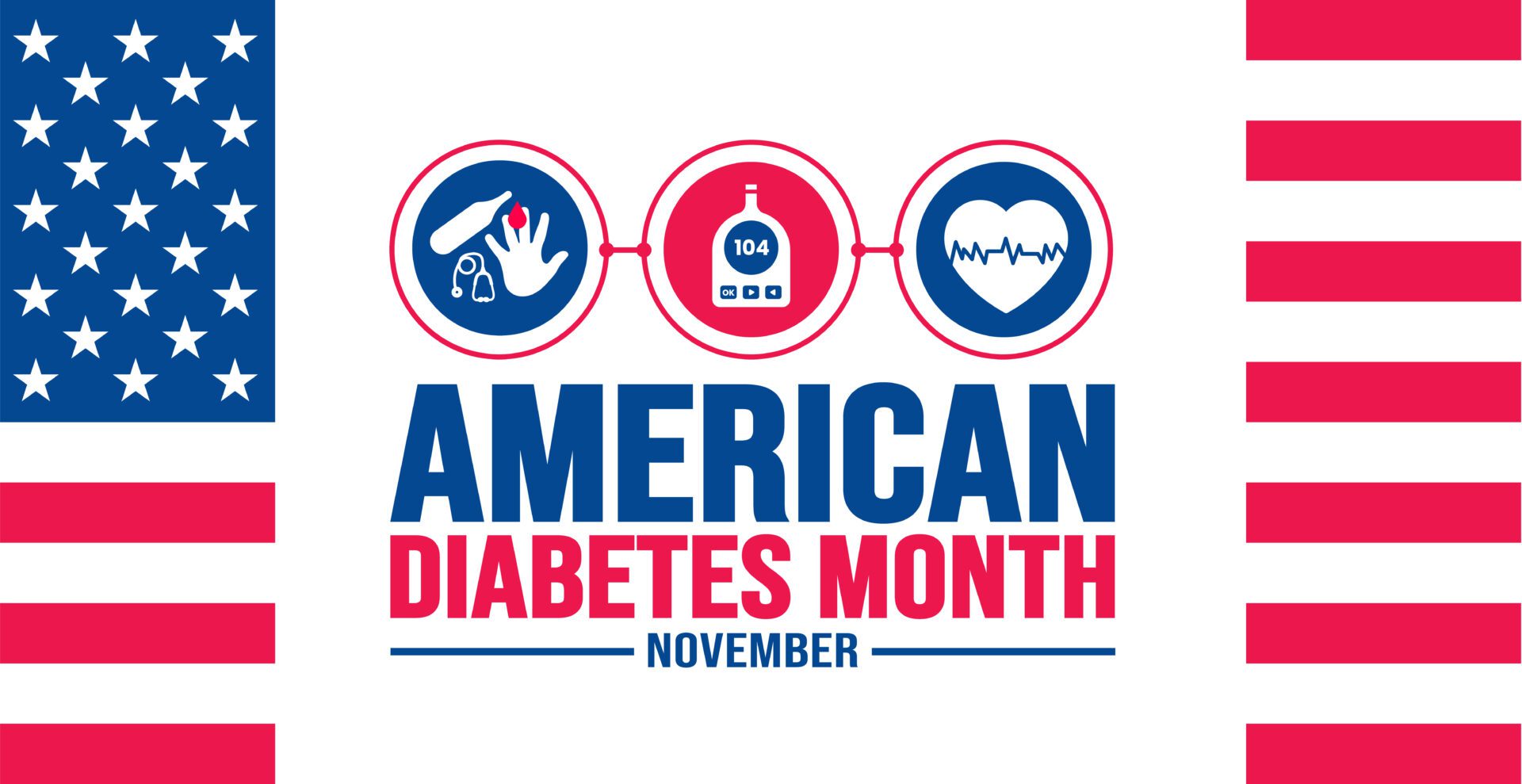Search by Color or Cause


American Diabetes Month is observed every November and sponsored by the American Diabetes Association, Individuals, health care professionals, organizations, and communities across the country can bring attention to diabetes and its impact on millions of Americans during November. We offer a blood drop awareness ribbon on this site in a personalized and non-personalized version to call attention to diabetes. American Diabetes Month educates that diabetes is one of the leading causes of disability and death in the United States. It can cause blindness, nerve damage, kidney disease, and other health problems if it is not controlled. One in 11 Americans has diabetes, more than 29 million people. Another 86 million adults in the United States are at high risk of developing Type 2 diabetes.
According to the American Diabetes Association:
November is American Diabetes Month. Join the American Diabetes Association and take health into your own hands through awareness, detection, and diabetes management. Diabetes is a constant battle, not only for those diagnosed, but for their loved ones, caregivers, and health care providers.
When it comes to managing diabetes, many people find it helpful to get into a daily routine. But what if your work schedule prevents you from keeping a regular routine? Find out how you can handle a challenging work schedule and still live a healthy lifestyle with diabetes.
Jobs in health care, service and hospitality, firefighting, law enforcement, security, truck driving, and more require evening or overnight shift work. People who work night shifts, rotating shifts (different start times on different days), or other irregular schedules have unique challenges managing a healthy lifestyle with diabetes.
In 2019, the US Bureau of Labor Statistics reported that about 16% of the workforce had non-daytime work schedules. Benefits to shift work can include better pay and fewer work days per week. But recent research shows that people who work night and rotating shifts may have a higher risk of developing type 2 diabetes.
Overnight and rotating shifts can also affect your eating habits. Your mealtimes and appetite can often be irregular if you sleep through daytime meals, work through dinner or breakfast, or eat large meals in the middle of the night or before you go to sleep.
Skipping meals or eating very large meals can cause both low and high blood sugar. Both can be harmful in the short and long term. When you have diabetes, mealtimes should be as predictable as possible to keep your blood sugar levels in their target range.
Shift work can make it hard to get regular physical activity, especially if you need to make sure you’re getting enough sleep after a shift. Some jobs may also require you to be on your feet and moving around throughout your shift. Be sure to have snacks handy for physically demanding work, and monitor your blood sugar regularly to make sure it doesn’t drop too low. Always have a fast-acting sugar source available in case you need to treat low blood sugar.